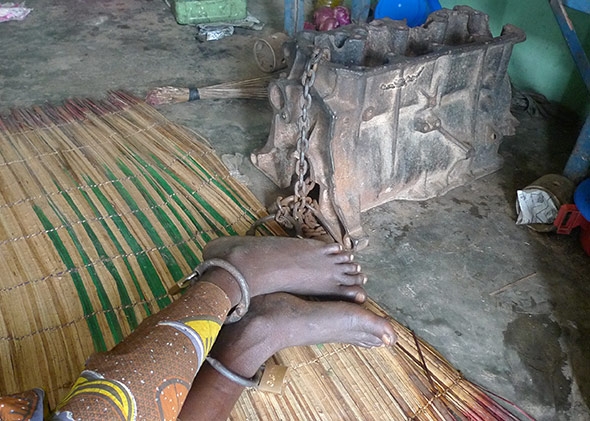World Mental Health Day holds today October 10.
It is a day dedicated to the education, awareness and advocacy of mental health in the world.

It was first celebrated in 1992 at the initiative of the World Federation for Mental Health, a global mental health organisation with members and contacts in more than 150 countries.
Here are 10 facts to know concerning mental health according to the World Health Organisation (WHO):
1. Around 20% of the world’s children and adolescents have mental disorders or problems

About half of mental disorders begin before the age of 14. Neuropsychiatric disorders are among the leading causes of worldwide disability in young people. Yet, regions of the world with the highest percentage of population under the age of 19 have the poorest level of mental health resources. Most low- and middle-income countries have only one child psychiatrist for every 1 to 4 million people.
2. Mental and substance use disorders are the leading cause of disability worldwide

About 23% of all years lost because of disability is caused by mental and substance use disorders.
3. About 800 000 people commit suicide every year

Over 800 000 people die due to suicide every year and suicide is the second leading cause of death in 15-29-year-olds. There are indications that for each adult who died of suicide there may have been more than 20 others attempting suicide. 75% of suicides occur in low- and middle-income countries. Mental disorders and harmful use of alcohol contribute to many suicides around the world. Early identification and effective management are key to ensuring that people receive the care they need.

Rates of mental disorder tend to double after emergencies.
5. Mental disorders are important risk factors for other diseases, as well as unintentional and intentional injury

Mental disorders increase the risk of getting ill from other diseases such as HIV, cardiovascular disease, diabetes, and vice-versa.
6. Stigma and discrimination against patients and families prevent people from seeking mental health care

Misunderstanding and stigma surrounding mental ill health are widespread. Despite the existence of effective treatments for mental disorders, there is a belief that they are untreatable or that people with mental disorders are difficult, not intelligent, or incapable of making decisions. This stigma can lead to abuse, rejection and isolation and exclude people from health care or support. Within the health system, people are too often treated in institutions which resemble human warehouses rather than places of healing.

These include physical restraint, seclusion and denial of basic needs and privacy. Few countries have a legal framework that adequately protects the rights of people with mental disorders.
8. Globally, there is huge inequity in the distribution of skilled human resources for mental health

Shortages of psychiatrists, psychiatric nurses, psychologists and social workers are among the main barriers to providing treatment and care in low- and middle-income countries. Low-income countries have 0.05 psychiatrists and 0.42 nurses per 100 000 people. The rate of psychiatrists in high income countries is 170 times greater and for nurses is 70 times greater.
9. There are 5 key barriers to increasing mental health services availability

In order to increase the availability of mental health services, there are 5 key barriers that need to be overcome: the absence of mental health from the public health agenda and the implications for funding; the current organisation of mental health services; lack of integration within primary care; inadequate human resources for mental health; and lack of public mental health leadership.
10. Financial resources to increase services are relatively modest

Governments, donors and groups representing mental health service users and their families need to work together to increase mental health services, especially in low- and middle-income countries. The financial resources needed are relatively modest: $ 2 per capita per year in low-income countries and $ 3-4 in lower middle-income countries.



